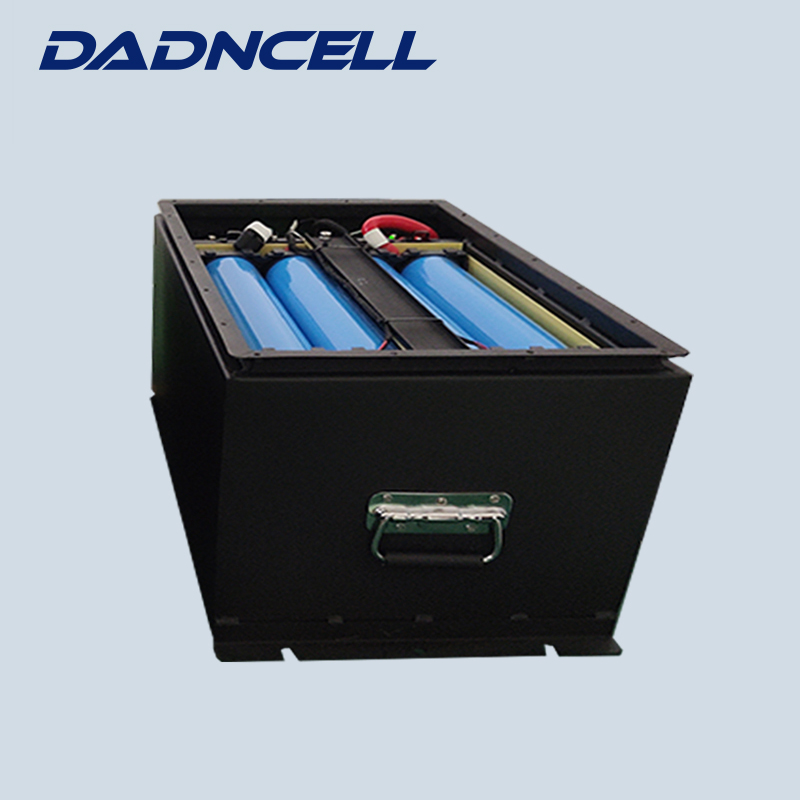
Privacy statement: Your privacy is very important to Us. Our company promises not to disclose your personal information to any external company with out your explicit permission.

There are four main raw materials for a power battery, which are positive electrode material, negative electrode material, electrolyte and separator.
1. Cathode material 1kWh power battery needs about 2.3~2.5kg of cathode material. The cathode material accounted for the largest proportion of the cost of power batteries, reaching 28.27%. The cost of the cathode material is mainly composed of lithium carbonate and various corresponding precursor materials. Among them, the price trend of lithium carbonate shows a phased upward trend. The precursor material mainly depends on the price of related resources. The lithium iron phosphate route will be affected by the price of iron ore although it is not large but cannot be ignored, while the ternary material mainly depends on the price. The price of nickel, cobalt and manganese.
2. Anode material 1kWh power battery needs about 1.3~1.4kg of anode material. The negative electrode material accounts for 6.85% of the cost of the power battery. The resource required for the manufacture of the negative electrode material is graphite, and the largest application field of graphite resources is steel smelting.
3. The amount of electrolyte varies greatly depending on the positive electrode material used. In a 1kWh power battery, there are 1.2kg, 1.6kg, and 2.16kg. Take the lithium iron phosphate battery as an example, the electrolyte accounts for 7.93% of the battery manufacturing cost. The electrolyte is mainly composed of solute (Lithium Hexafluorophosphate), solvents and additives. Among them, the preparation materials of lithium hexafluorophosphate are mainly lithium carbonate and corresponding fluorine products. From the development trend, the price of lithium hexafluorophosphate will still have room for increase.
4. Diaphragm. Different power battery products also have great differences in the amount of diaphragm materials. Taking a representative company as an example, AESC`s lithium manganate battery uses about 12.5 square meters of diaphragm for a 1kWh power battery. LG Chem`s [lithium manganate + three Yuan" battery is close to 19 square meters, while BYD`s lithium iron phosphate battery needs 23.5 square meters. Taking lithium iron phosphate batteries as an example, the separator accounts for 7.67% of the battery manufacturing cost. What needs to be noted is the housing cover. Although it is not a key material, with the sharp decline in the price of key materials in recent years, the cost of the relatively more price-rigid shell cover has increased significantly. At present, the cost of this piece has reached a high of 14.82%, which has reached the point where it cannot be ignored.
Of course, in addition to the above materials, there are the binder PVDF, solvent NMP, collector aluminum foil for the positive electrode, and the binder CMC, solvent deionized water, and collector copper foil for the negative electrode. Power battery raw materials such as aluminum belt and nickel belt. However, these materials account for only 9.09% of the cost of power batteries.

Privacy statement: Your privacy is very important to Us. Our company promises not to disclose your personal information to any external company with out your explicit permission.

Fill in more information so that we can get in touch with you faster
Privacy statement: Your privacy is very important to Us. Our company promises not to disclose your personal information to any external company with out your explicit permission.